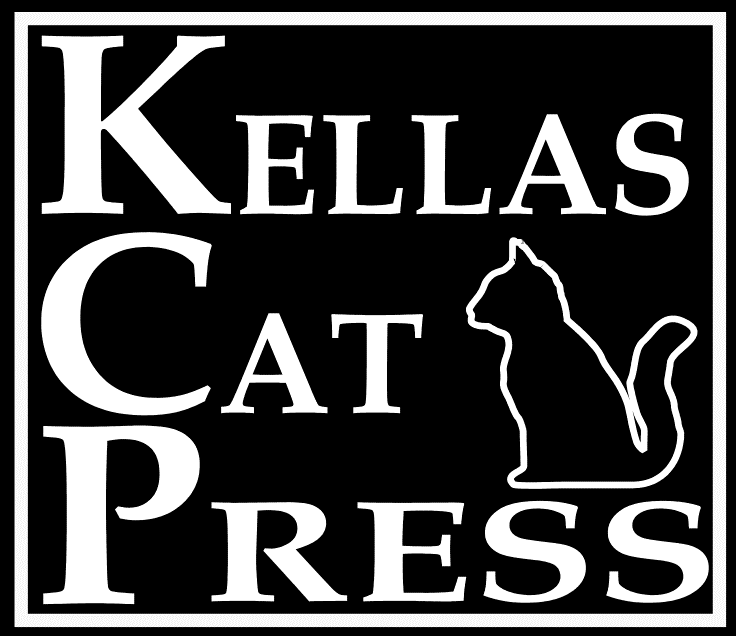.jpg)

Above: Ballater in the 1890s.
The Origins of Ballater Village
Ballater, home of Hippolyta Napier, is a village on Deeside, situated on the River Dee that runs from the Cairngorm Mountains at the heart of Scotland down to meet the sea at Aberdeen. It lies about forty miles from that city, beyond the towns of Banchory and Aboyne but closer to the coast than Braemar or the royal residence at Balmoral, all of which lie along the same scenic river valley.
Ballater is unusual on Deeside in that it is a planned village – by contrast, Kincardine O’Neill which is occasionally mentioned in the books is pretty ancient, based probably on a mediaeval Templar house. The Knights of St. John owned much of the land in these parts in the early mediaeval period.
There are plenty of Farquharson families around the north-east of Scotland – Farquharson of Invercauld up by Balmoral, the Farquharsons of Finzean that produced the late Victorian artist Joseph Farquharson (I love paintings of woods in the snow so I’m a fan), the Farquharsons of Balmoral, and the more obscure Farquharson of Haughton. However, it was Francis Farquharson of Monaltrie who thought, in the 1770s, that the springs at Pannanich might be a good commercial prospect, and set up Ballater village to accommodate visitors.
Monaltrie had led a battalion of Lord Lewis Gordon’s regiment at Culloden, suffering substantial losses in the battle. He was the sixth laird of Monaltrie, succeeding his father in 1737 at the age of twenty-seven: he was the nephew of Farquharson of Invercauld and the grandson, via his mother, of Farquharson of Finzean. The repercussions of Culloden saw him imprisoned in London and nearly executed – pleas for a reprieve made reference to his kindly character and good works, and may also have owed something to his handsome appearance. However, he was not permitted to return to Scotland and lived for many years in Hertfordshire. Eventually he came back to Monaltrie in 1766, with a new wife. Finding his old home burned down, he built another in the shadow of Craigendarroch, the present Monaltrie House. However, because his estates had been forfeited he was not properly laird of Monaltrie again until 1786. The land he owned was good grazing, but not great for crops of any kind – but he had not wasted his time in Hertfordshire and set about applying the agricultural practices he had learned there to improve his estate.
The properties of the chalybeate waters up at Pannanich, on the steep side of a hill overlooking the Dee, were discovered around 1760, according to local legend, by an elderly woman suffering from scrofula. Scrofula is also known as the King’s Evil, supposedly cured by the touch of a monarch, but as no monarchs were handy on Deeside at the time (ironically, given the popularity of the area with the Royal Family later) she had an idea that the waters might help her condition. The waters were indeed so beneficial that their reputation began to spread. Monaltrie helped to set up an inn at Pannanich for visitors to take advantage of the two springs, then a lodge for more visitors further down the hill. At last he planned Ballater village, on flat pasture land in a loop of the river to the north side of the Dee, and arranged for a three-arched bridge to be built to allow access between the new village and Ballater – the bridge was completed six years after his death, in 1786, and was swept away in the Muckle Spate of 1829. He also founded the centrical church to accommodate the congregations of the three local parishes: the current building is a later one, but the grid pattern of Ballater’s older streets remains as he had planned them.
Following the increased popularity of Deeside in the wake of Queen Victoria’s enthusiasm for her ‘Highland home’ at Balmoral, the railway finally reached Ballater in 1866. It closed again in 1966, but the station building remains as a museum, library, restaurant and tourist centre.
